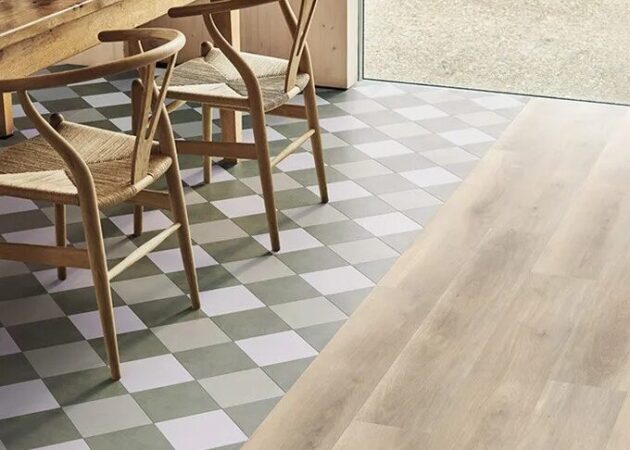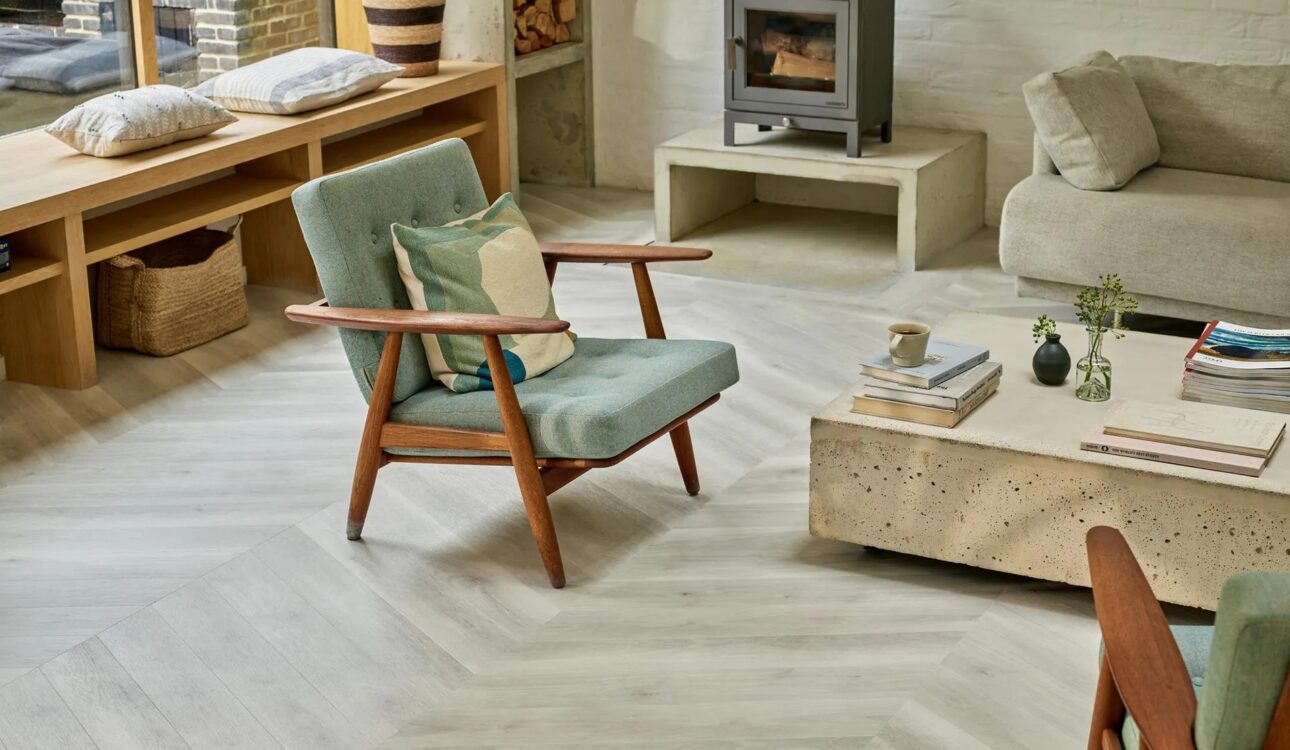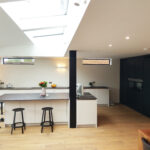In the realm of interior design and home renovation, the choice of flooring plays a pivotal role in shaping the ambiance, aesthetics, and functionality of a space. Two popular contenders in the flooring arena are Luxury Vinyl Tile (LVT) and laminate. Each offers distinct features and benefits, but the question remains: which one reigns supreme? Let’s delve into a comparative analysis to unravel the merits of LVT flooring over laminate.
Durability and Resilience:
LVT flooring boasts exceptional durability, thanks to its construction using multiple layers of vinyl topped with a protective wear layer. This composition renders it highly resistant to scratches, dents, and stains, making it an ideal choice for high-traffic areas such as kitchens, hallways, and living rooms. Laminate flooring, while durable in its own right, may not withstand moisture as effectively as LVT, making it less suitable for environments prone to spills or humidity.
Aesthetics and Authenticity:
One of the hallmark features of LVT flooring is its ability to mimic the look and feel of natural materials, including hardwood, stone, and ceramic tile. Advanced printing technologies and embossing techniques enable LVT to replicate intricate textures and grain patterns with remarkable authenticity. In contrast, laminate flooring, though available in a variety of designs, may lack the depth and realism offered by LVT.
Water Resistance:
In the perennial battle against moisture and water damage, LVT emerges as the undisputed champion. Unlike laminate, which consists of a core layer susceptible to swelling and warping when exposed to moisture, LVT is inherently waterproof. This characteristic makes LVT an optimal choice for areas prone to spills, such as bathrooms, laundry rooms, and basements, where laminate may falter.

Installation and Maintenance:
Both LVT and laminate offer relatively easy installation processes, often featuring click-and-lock mechanisms that facilitate DIY-friendly assembly. However, LVT holds a slight edge in terms of versatility, as it can be installed over a wider range of subfloors, including concrete, plywood, and existing flooring surfaces. Additionally, LVT requires minimal maintenance, with routine sweeping and occasional mopping suffice to keep it looking pristine.
Environmental Considerations:
For eco-conscious consumers, the environmental impact of flooring materials is a crucial factor. LVT flooring, being primarily composed of PVC (polyvinyl chloride), raises concerns regarding its ecological footprint and potential off-gassing of volatile organic compounds (VOCs). On the other hand, laminate flooring, often manufactured using recycled wood fibers and resin, may be perceived as a more environmentally friendly option.
Conclusion:
While both LVT and laminate flooring offer their own set of advantages, the former emerges as a superior choice in terms of durability, water resistance, and aesthetic versatility. With its ability to emulate the look and feel of natural materials while delivering unmatched performance in various environments, LVT stands as a testament to innovation and ingenuity in the realm of flooring solutions.
Recommendation:
For those seeking to elevate their living spaces with premium LVT flooring, look no further than Kudos Interior Designs London. Renowned for their impeccable craftsmanship, exquisite designs, and unparalleled customer service, Kudos Interior Designs London offers a curated selection of LVT flooring options to suit every style and preference. Transform your home with confidence and sophistication—choose LVT flooring from Kudos Interior Designs London today.
In the pursuit of perfection, let your floors be a reflection of your impeccable taste and unwavering commitment to quality. Experience the epitome of luxury and elegance with LVT flooring from Kudos Interior Designs London.




